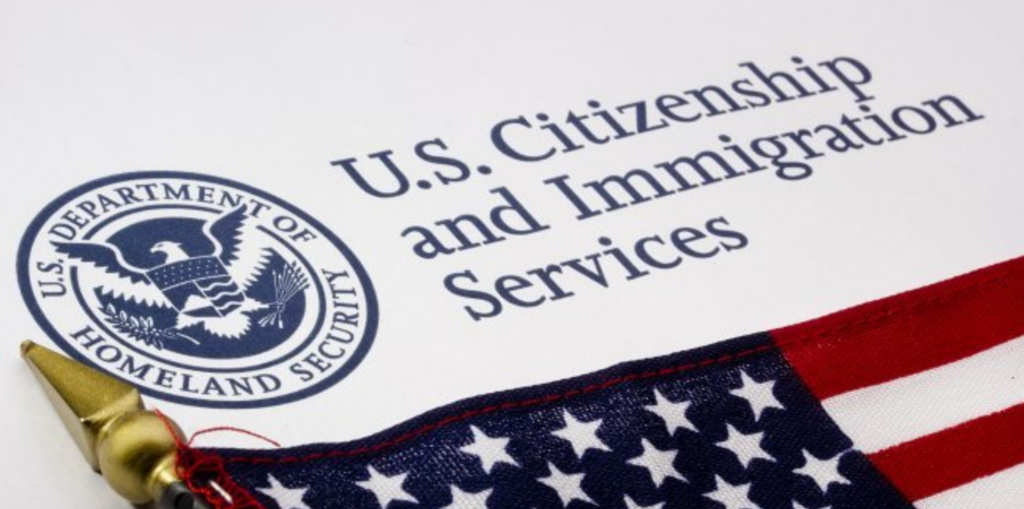The Department of Homeland Security (DHS), U.S. Immigration and Customs Enforcement (ICE) has announced an extension of existing Form I-9 flexibilities. Initial flexibilities were announced in March 2020 and later updated March 2021. Due to ongoing safety precautions related to COVID-19, DHS is extending current flexibilities until October 31, 2022.
The flexibilities at issue are the physical presence requirements of the Form I-9 process that mandates an in-person verification of identity and employment verification eligibility documentation. On March 20, 2020, due to COVID-19-related concerns, DHS allowed employers to defer the physical presence requirement so long as the business was operating remotely. Conversely, the deferral was not available if the employer had workers physically present at any work location.
An updated deferral issued March 2021 – effective April 1, 2021 – continued these flexibilities by allowing an employer operating remotely to verify identity and inspect the employment eligibility documentation by means other than physical inspection (e.g., zoom, video chat, fax or other electronic means). This meant that as of April 1, 2021, the requirement that an employer physically inspect Form I-9 identity and employment eligibility documentation in-person applied only to those employees who physically report to work at a company location on any regular, consistent, or predictable basis. As a result, employees hired after April 1, 2021, were temporarily exempt from the in-person inspection requirement until such time as they began non-remote work on a regular, consistent, or predictable basis, or until the extension of flexibilities is terminated (whichever occurs first). These are the flexibilities that have been extended to October 31, 2022.
Best Practices – Remote Inspection
According to DHS ICE, employers unable to timely inspect and verify, in person, Form I-9 supporting documents for those employees hired after March 20, 2020 (e.g., where the employees are no longer employed) may memorialize the reason(s) for their inability to inspect in a memorandum kept with each impacted employee’s Form -I-9. This is to lower the employer’s risk as any failure to inspect will be evaluated, on a case-by-case basis, by DHS ICE should the employer be subject to a Form I-9 audit.
An additional best practices tip for lowering risk is to get into the habit of memorializing the reasons for any remote verification and document inspection; specifically noting the reason(s) why in-person verification/inspection is not possible. Explain the unique circumstances surrounding the need for a remote verification/inspection on the Form I-9 in the “Additional Information” section or simply attach a separate memorandum to the Form I-9 for later reference. Employers should also be mindful of their ongoing review duties should the employee cease remote work and begin reporting to a physical work location on a regular, consistent, or predictable basis.
DHS notes that nothing prevents an employer from commencing, at their discretion, an in-person verification of identity and employment eligibility documentation for employees hired on or after March 20, 2020, and who presented such documents for remote inspection in reliance on initial deferrals announced March 2020.
Members with questions about Form I-9 verifications or processes should contact Western Growers


